
Market shifts influencing snack innovation and successful commercialisation
Snack-time under pressure
We all love a snack! Whether it's trail-mixes, popcorn, crackers, and chips or chocolate, confectionery, and snack bars, these food products rarely tick the "healthy-eating" box, but maybe they can. This is the big challenge with snacks in general. But as a more mindful approach to nutrition emerges, self-care becomes an increasingly important factor, and snacks need to deliver on health as much as they do on indulgence.
This presents an opportunity for food and drink development teams, as they focus on solutions that can provide indulgence and support consumers' self-care needs, enhance the nutrient density, and, at the same time, offer products that are low in fat, salt, and sugar.
Healthier snacks and cleaner labels
The 2022 snack market is forecast to be US$498,282m1 with an annual growth of 4.16% (CAGR 2022-2027). According to Euromonitor (2), the global health and wellness snacks sub-sector is forecast to grow faster, at 5.8% CAGR, between 2020 and 2025, reaching $98 billion by the end of the period.
With the regulatory, advertising, and labelling pressures, it is no surprise to see the growth rate of the healthier options at almost 40% greater than the snack market as a whole. In addition to the overall global healthy snacking growth prediction, and the regulatory pressure on reformulation across Europe, the changing consumer behavior across Africa and the Middle East creates the opportunity in the healthier snacks arena. This shows the real commercial benefits of hitting those reformulation targets.
Health reformulation, should be viewed through the prism of
"Better for the Planet," but "taste remains king," and, when products are changed, the consumer needs to be brought on the journey. It is not enough to say it's new and improved; it really needs to deliver what the consumer expects and wants. Otherwise, they will buy it once and never again.
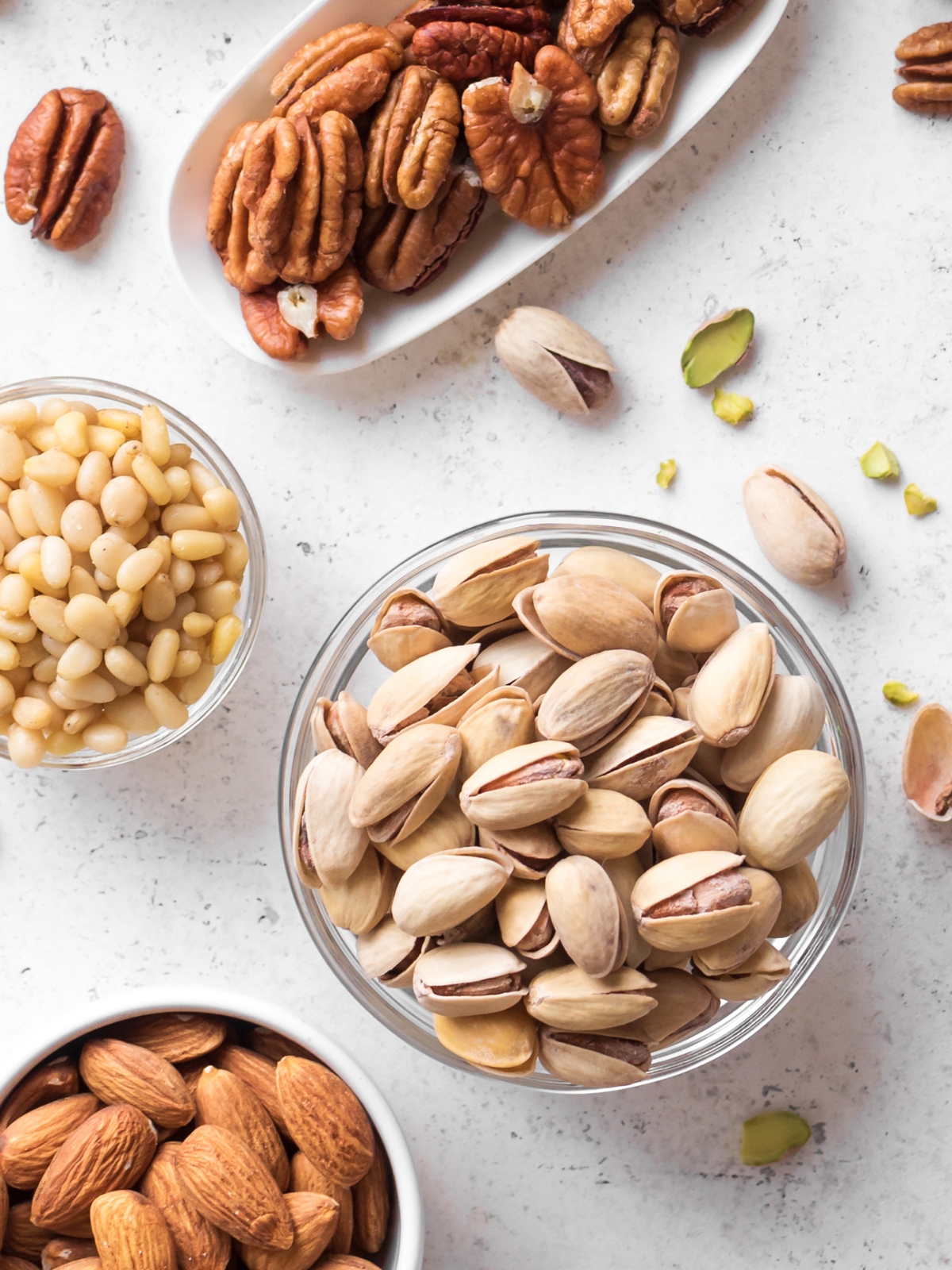
Health by stealth: reducing salt and sodium intake in snacks
Many salt reduction targets were achieved by incremental reduction, down to the functional minimum, largely without consumers noticing. This was reflected in the 2021 "Impact of the 2003 to 2018 Population Salt Intake Reduction Program in England review" (3) which showed, that between 2003 to 2018, overall salt intake reduced from 9.38 grams per day to 8.38 grams per day. This was through a combined strategy of reformulation and public awareness. However, the average adult intake of salt is still between 9-12g, which is almost double The World Health Organization (WHO) target of 5g per day (4). When snacking can be found to contribute around 20% (5) of adult calorie intake, it must be considered as a category of concern for salt consumption. The WHO also notes that insufficient potassium intake (less than 3.5 grams per day) also contributes to high blood-pressure and increases the risk of heart disease and stroke. To achieve the next level of sodium reduction targets, replacement strategies are focusing on low- or no-sodium alternatives, or taste modulation strategies to enhance savory and umami characteristics. Stevia, well known for its sweeter tasting profile and natural credentials, has recently emerged as an effective solution in salt reduction by exploiting its taste modulation functionality.
Sweetening the deal: sugar reduction in snacks
Sugar presents a different challenge, but of equal magnitude. The WHO recommends that the intake of free sugars should be less than 10% of the total energy intake and preferably below 5% of the total energy intake) in both adults and children (6). Across Europe and Africa, intake levels vary, and differences exist between urban and rural settings, however, in all cases they exceed 5%, and in most cases exceed 10%. In some extreme cases, Portugal for example was found to be almost 25% of its calorie intake from free sugars.
The role sugar plays in diabetes, obesity, and dental caries is well documented, and more needs to be done (7). Consumers are increasingly reliant on change in the food and drink industry driving the reformulation of sugar-rich products. This can be achieved, partly, through the selection of the right sweeteners to provide the sensory appeal to sweet snacks. Sugar also plays a key role in product texture and structure, so it is rarely possible to simply replace the sugar with a single ingredient, and structural components need to be employed. Clean labels must not be overlooked when undertaking these changes, as it is inevitable that the additional necessary ingredients will make their way onto the ingredient declaration. Alternative sweetening ingredients such as stevia, are well established, alongside the sugar alcohols (polyols) which allow the replacement of some of the "bulk" aspect of sugar, while reducing calories by up to 50%. Erythritol, a naturally occurring polyol, only contains 6% of the calories of sugar.
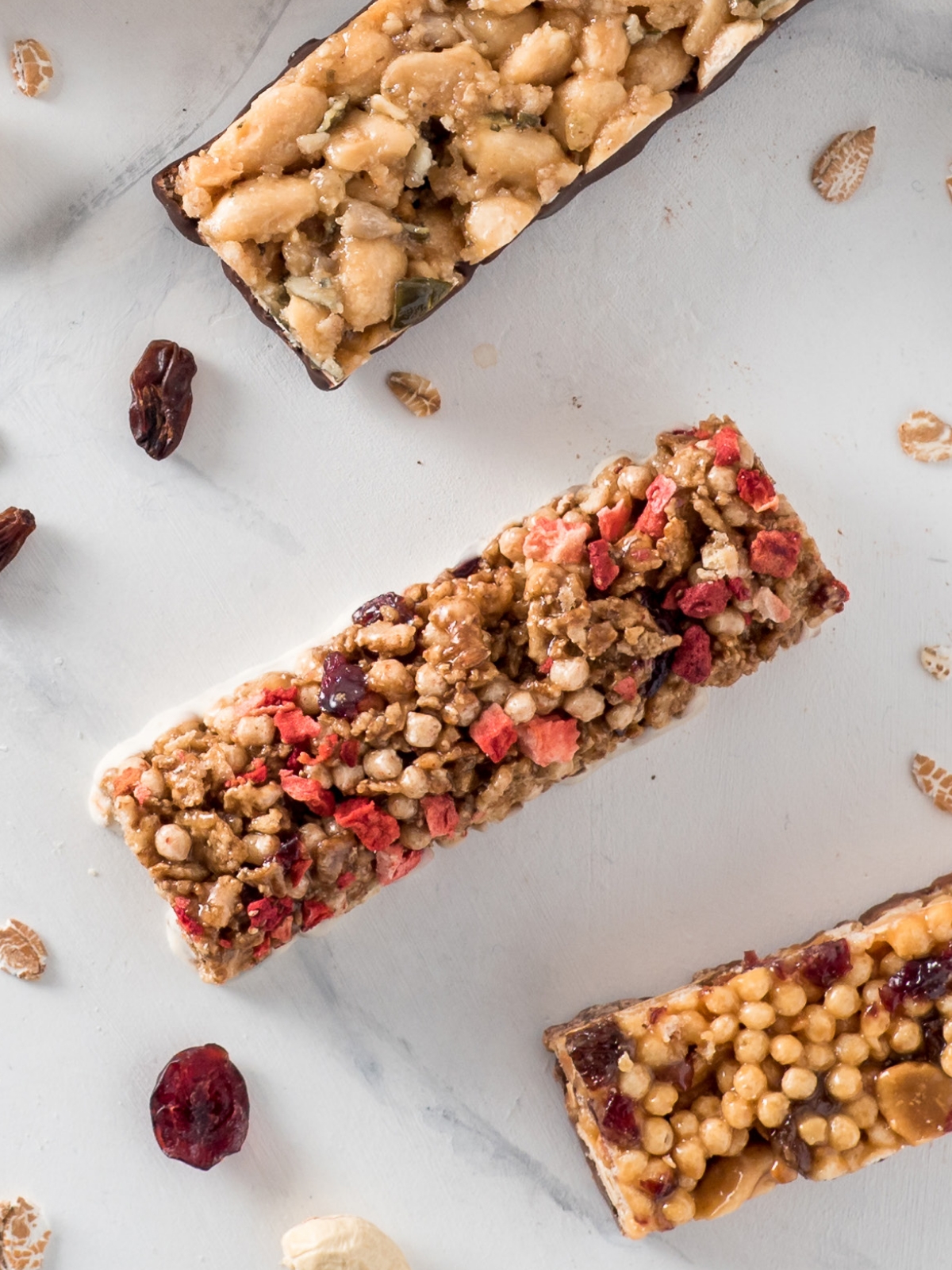
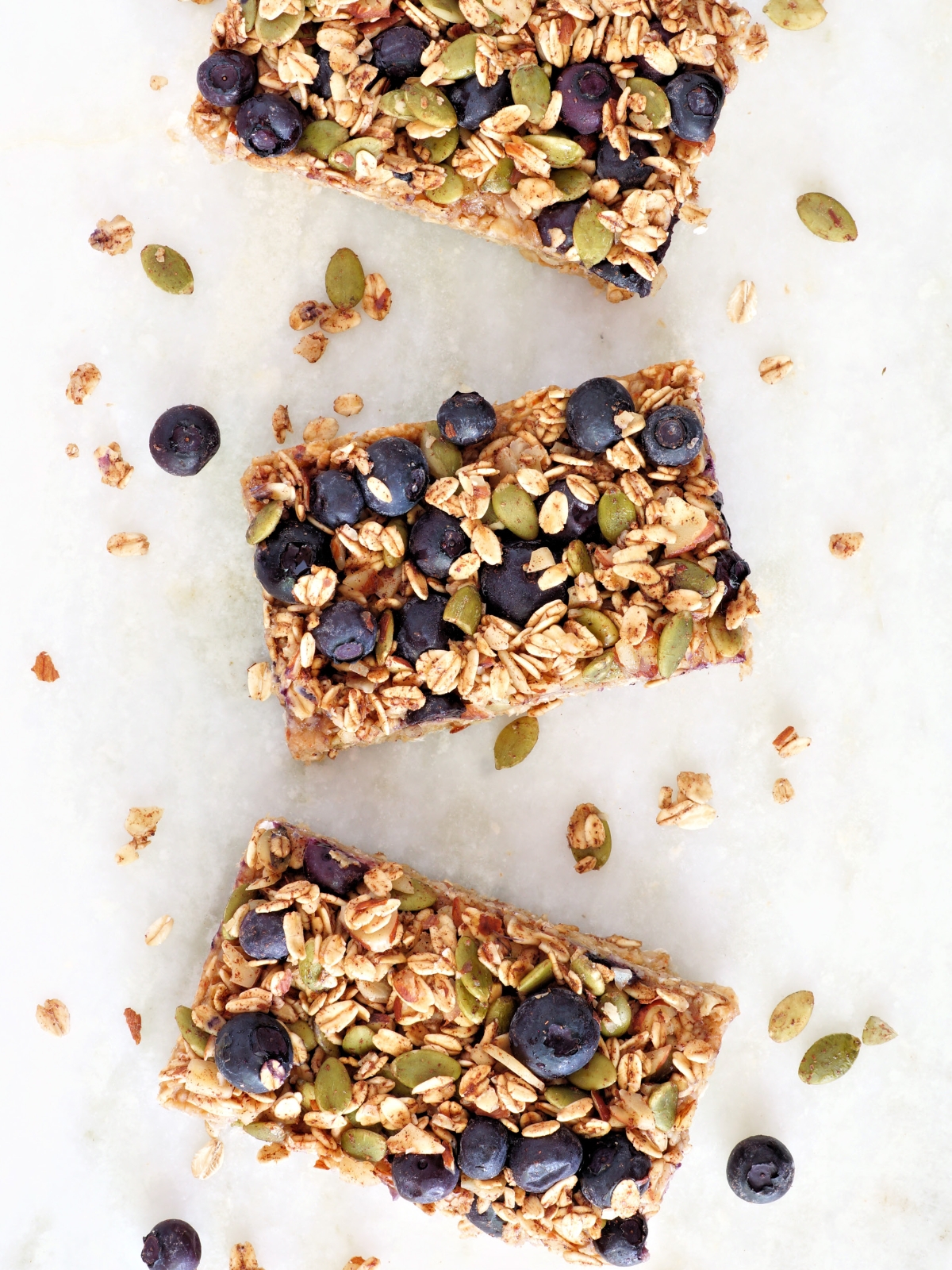
Positive nutrition for all
Certain ingredients can provide some really exciting double benefits. For example, using soluble fibers such as fructo-oligosaccharides (FOS) not only helps sweetness and mouthfeel but also increases the fiber content of the product. The body and mouthfeel that these fibers provide can also be used to great effect as a fat replacer.
Texture and mouthfeel, in particular, are really important elements of fat-reduction. Using ingredients that possess key natural properties, such as water- and fat-binding, and mimic the texture and meltaway characteristics of fat, will significantly help replace fat in snack products. These ingredients, derived from natural sources such as potato and maize, also help with that all-important clean-label positioning.
Cereal and snack bars have become synonymous with positive health contributions, and are one of the fastest-growing segments in sports and healthy lifestyle nutrition. This presents a significant opportunity to move the needle on combining indulgence with positive nutrition, such as protein and fiber enrichment, whilst maintaining a lower sugar profile. There is also an opportunity to widen the appeal of the product by looking at the free-from possibilities such as, exchanging dairy components for vegan alternatives or removing allergens by considering other protein sources such as oats, pulses, and wheat.
Acrylamide reduction in snacks
A proposed change to EU legislation on acrylamide would introduce maximum acrylamide limits across countries in the Union. If your products exceed those limits, it's likely that you’ll have to stop marketing them. They could even be recalled. The legislation is predicted to impact European consumers' awareness of acrylamide. As the proposed legislation creates media interest around the topic, consumer interest will grow. There is also a growing consumer interest in transparency in food production; consumers no longer see this as "somebody else's business." Health conscious, highly engaged consumers will continue to control the online narrative around acrylamide levels.
At first glance, this appears to be a challenge. But it could in fact be a great opportunity for your business. A recent study showed that less than half of European consumers trust food manufacturers, and want manufacturers to respond better to changing expectations (8). It's possible to get lower acrylamide levels with no change to your recipes. In many cases, no process changes are needed either, keeping you ahead of changing legislation and the demands of health conscious consumers and retailers, while allowing your final snack products to maintain their great taste and texture.
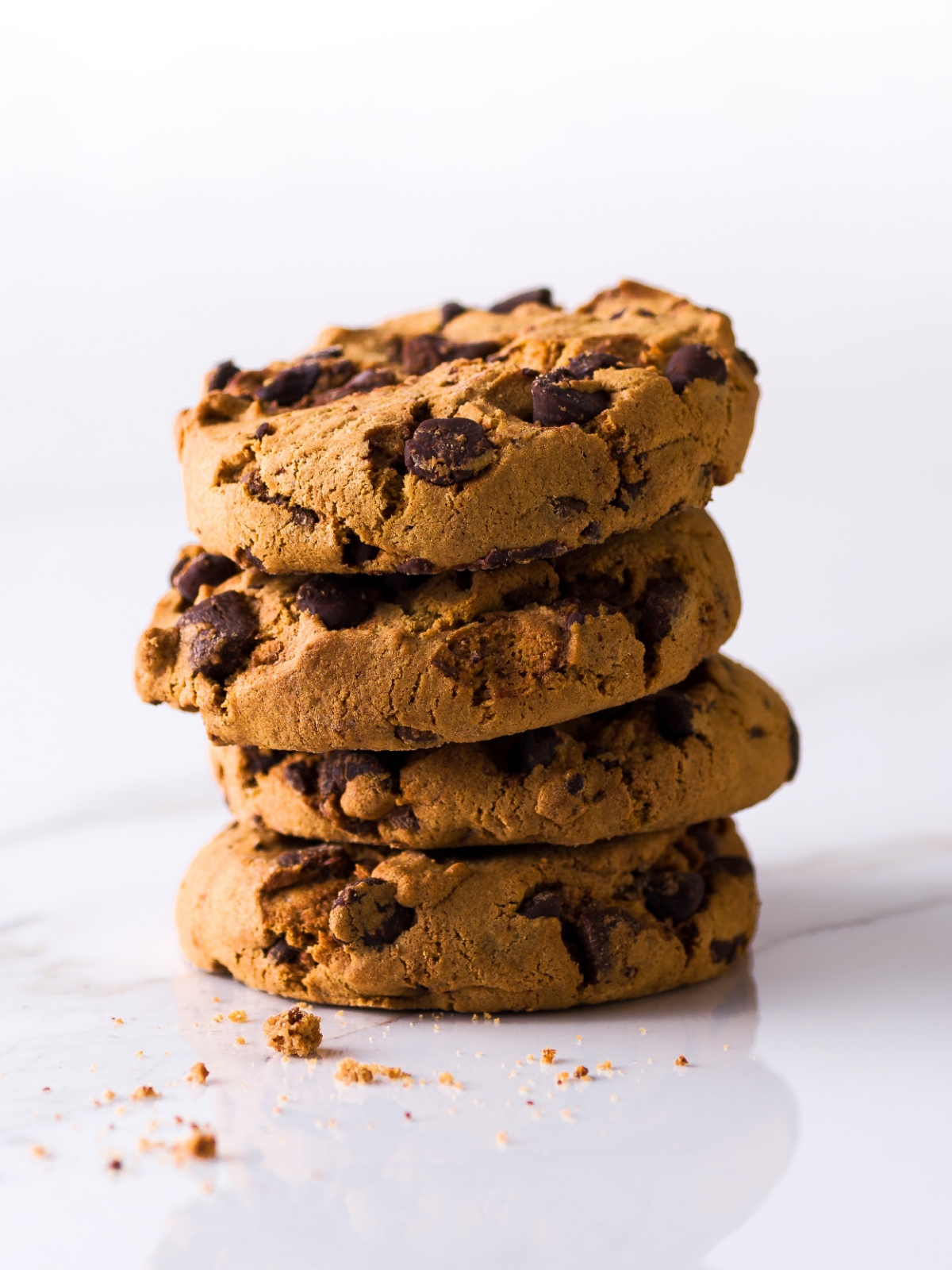
References
- https://www.statista.com/outlook/cmo/food/confectionery-snacks/snack-food/worldwide?currency=USD
- https://www.euromonitor.com/sweet-biscuits-snack-bars-and-fruit-snacks-in-the-united-kingdom/report
- Alonso et al Impact of the 2003 to 2018 Population Salt Intake Reduction Program in England., Hypertension April 2021 Vol 77, Issue 4 (2021). https://doi.org/10.1161/HYPERTENSIONAHA.120.16649
- World Health Organisation. Salt Reduction – Key Facts. 29 April 2020. https://www.who.int/news-room/fact-sheets/detail/salt-reduction#:~:text=For%20adults%3A%20WHO%20recommends%20that,relative%20to%20those%20of%20adults.
- Myhre, J.B., Løken, E.B., Wandel, M. et al. The contribution of snacks to dietary intake and their association with eating location among Norwegian adults – results from a cross-sectional dietary survey. BMC Public Health 15, 369 (2015). https://doi.org/10.1186/s12889-015-1712-7
- World Health Organisation. Guideline: sugars intake for adults and children 4 March 2015. https://www.who.int/publications/i/item/9789241549028
- Obesity and Obesity Related Diseases, Sugar Consumption and Bad Oral Health: A Fatal Epidemic Mixtures https://www.ncbi.nlm.nih.gov/pmc/articles/PMC5536157/
- What is the state of consumer trust in the European agrifood industry? https://www.eitfood.eu/blog/what-is-the-state-of-consumer-trust-in-the-european-agrifood-industry

Access your SDS now through your account. New customers can request one here.

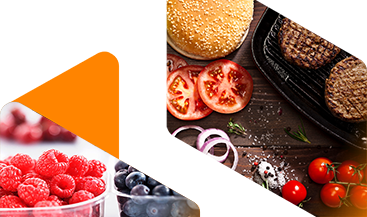
 EMEA
EMEA Latin America
Latin America North America
North America Asia
Asia